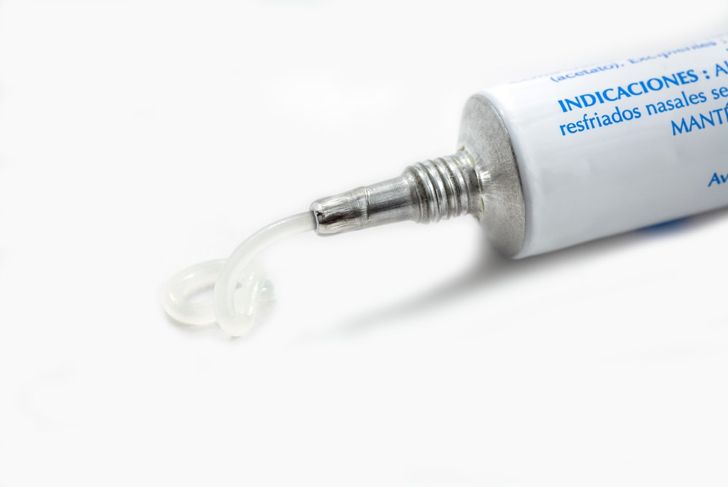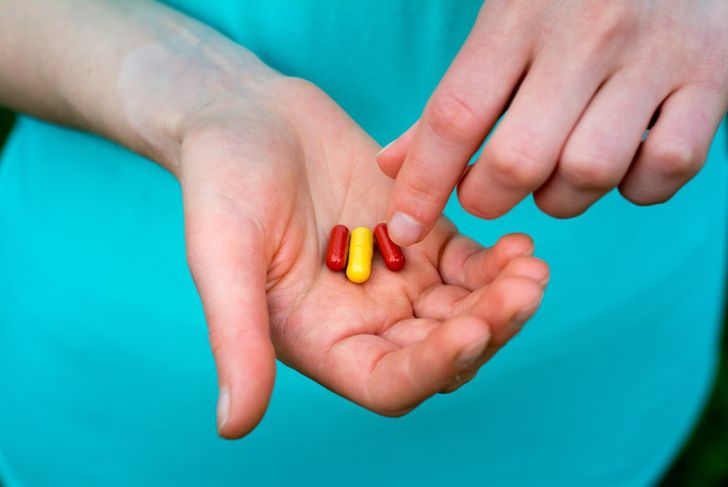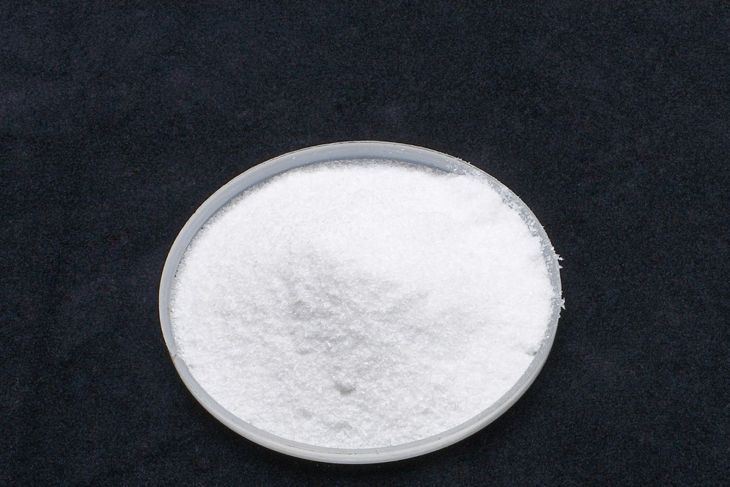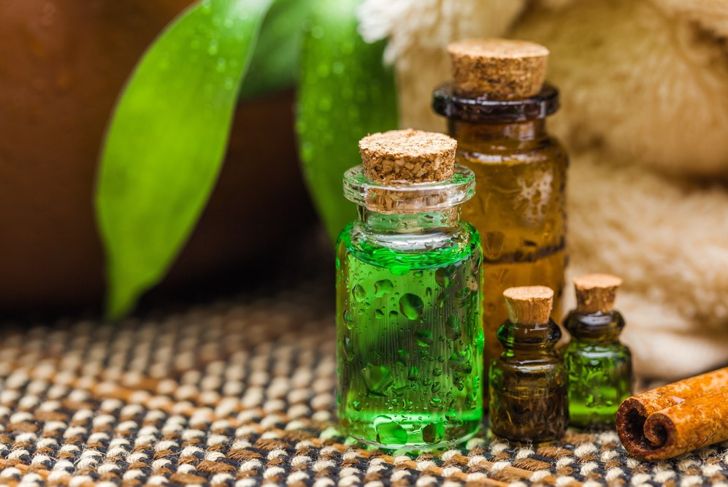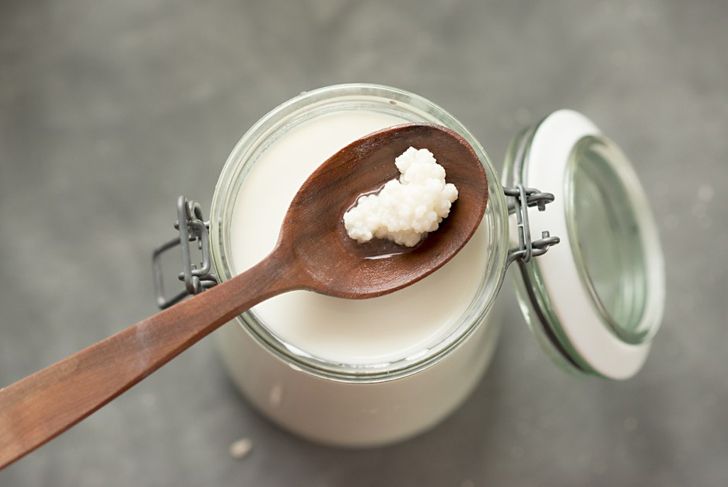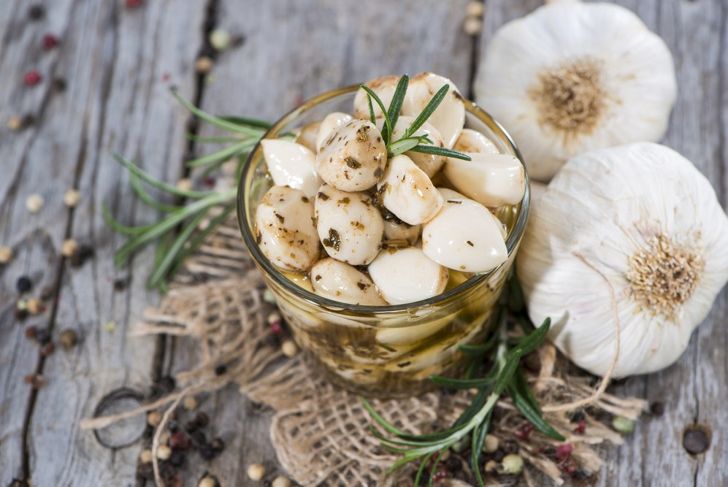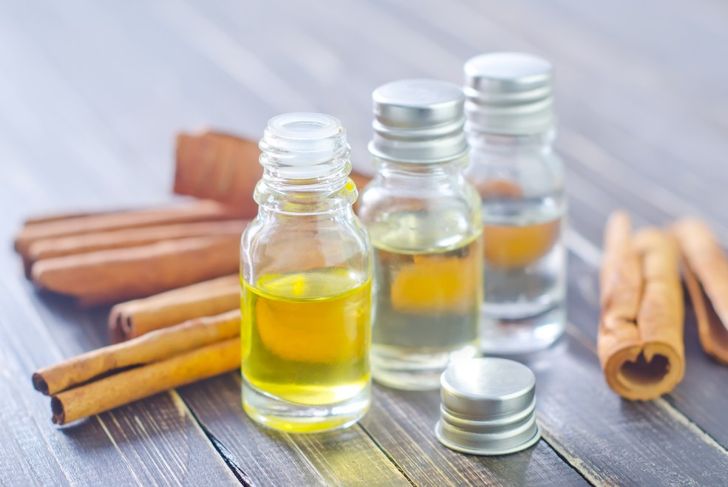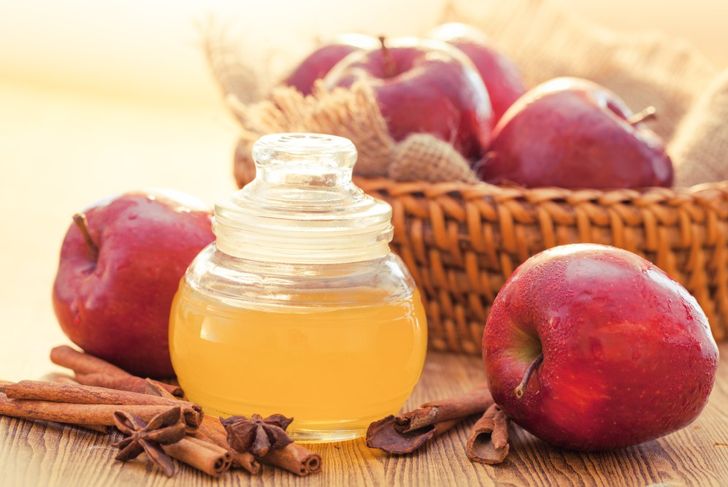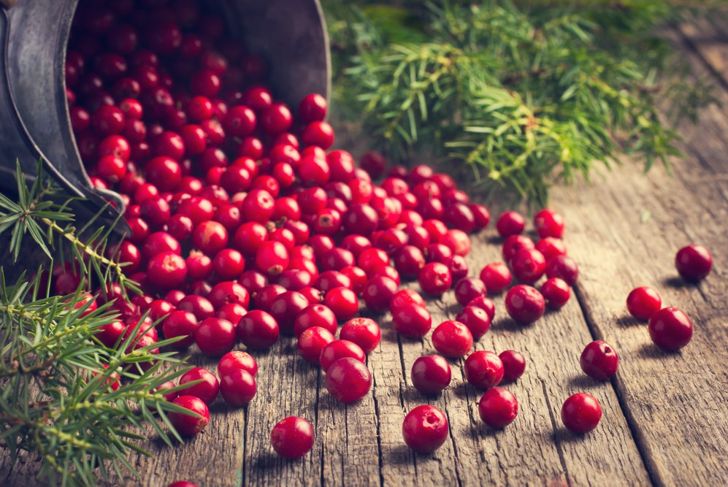Yeast infections are a common vaginal condition that is caused by the fungus candida. Majority of women tend to develop a yeast infection at once through the course of their lifetime. A variety of factors may contribute to triggering the onset of this condition, ranging from hormonal changes and medicinal side effects to stress and lack of sleep. The typical symptoms of a yeast infection are itching, burning and soreness in the vaginal area. Sometimes, there is an increase or change in nature of vaginal discharge or painful sexual intercourse. Fortunately, the treatment of yeast infections is a simple process, with both medicinal and alternate remedies being known to be effective.
OTC Anti-fungal Medication
Over-the-counter anti-fungal medication is the most widely used remedy for yeast infections. From topical creams and ointments to tablets and suppositories, women may choose whichever is most suitable and convenient for them. Anti-fungal medication can clear 80 – 90% of yeast infections in 1 – 7 days. Anti-fungals contain a specific class of drugs that destroy fungus and restore the microbial balance of the vagina are one of the main ingredients. In women prone to recurrent bouts of yeast infection, a short course of anti-fungal medication may not be effective. Either a longer course or stronger drugs may be required to effectively combat infection in such cases.
Single Dose Oral-Medication
In cases where milder anti-fungal medication does not produce the desired results, women may be required to visit a doctor to receive prescription medication. Though there are several types of drugs and courses that may be prescribed, most doctors prescribe a single dose medication that is formulated specifically to treat severe infections. In fact, those suffering from chronic yeast infection, are typically given a standing prescription for such medication. However, it is important to remember that prescription drugs are more aggressive and self-medication with these is not a good idea at all; always confirm with a medical practitioner before taking any prescription medication. Be sure to provide your prescribing doctor with a list of any current medications or natural supplements you are taking to avoid contraindications.
Boric Acid Suppository
Vaginal inserts of boric acid are effective in relieving the symptoms of uncomplicated yeast infections. With boric acid having both anti-fungal and antiseptic properties, it can stem the growth of various strains of candida, especially those that have become resistant to standard anti-fungal medications. Typically, patients are advised to use the boric acid suppository twice a day for approximately two weeks. What needs be noted is that boric acid in its powder form can irritate the skin and thus should not be applied directly. Suppository capsules, however, are suitable for use and are likely to aid recovery.
Tea Tree Oil
Pure tea tree oil has been found to be effective in alleviating symptoms such as itching, burning, and soreness. It has strong anti-fungal properties which help bring the vaginal diaspora to its usual composition and stem the growth of Candida strains. While there are several creams and ointments available today, many women affirm the efficacy of inserting an oil-soaked tampon into their vagina for quick relief. However, such home remedies should be undertaken with caution for they may not work the same for everyone. If usage of tea tree oil causes irritation or exacerbates the discomfort, it should be stopped immediately.
Probiotics
Probiotic-rich foods, especially varied kinds of yogurt, are believed to be capable of fighting yeast infections. Though there isn’t too much scientific evidence to support this claim, small-scale studies and personal accounts of women suffering from chronic infections have been very telling; eating a diet rich in probiotics has been found to show improvement in just a matter of 2 to 3 days. Experts suggest that it may also be applied vaginally and this may be more helpful than several store-bought ointments. It is noteworthy, however, that such home remedies are more suitable for milder infections – it is better to resort to traditional treatment methodologies in case of severe or chronic yeast infections.
Long-Term Vaginal Therapy
This is prescribed in cases where complicated yeast infection(s) cause long-drawn discomfort or the condition assumes a chronic character. In such cases, doctors may prescribe medication for vaginal application or oral consumption for durations exceeding one week. Such a routine dosage helps in prevention of yeast overgrowth in the long term. In women prone to recurrent infections, medication may be prescribed as part of maintenance therapy after one bout has been successfully combated. There are several issues with long-term vaginal therapy that need be considered; it may not be advisable if one is also taking some prescription medications for other health conditions; also, it is not suitable for pregnant women and those who have a very sensitive vaginal and menstrual cycle.
Garlic
Garlic is a known immunity booster as well as a strong antibacterial and anti-fungal aid. Furthermore, garlic can aid in fighting symptoms of yeast infection. A healthy dose of garlic inserted in the vagina is capable of killing yeast, however, may cause burning and irritation to the surrounding skin. Although considered an alternative remedy, the detoxifying powers of garlic remain unchallenged.
Cinnamon
Cinnamon oil is one of the most effective essential oils thought to improve symptoms associated with yeast infection. It works thanks to its anti-fungal properties and can be easily applied to the affected area. For speedy recovery, one should apply cinnamon oil a minimum of three times to the affected area. These oils may work quickly to relieve fungus. In addition to the application of cinnamon oil, one may also benefit from drinking cinnamon tea on an everyday basis.
Apple Cider Vinegar
When suffering from yeast infection, a bath in vinegar can aid in the relief of burning and itching. Apple cider vinegar may also aid in eliminating the fungus that causes it. As an anti-fungal agent, apple cider vinegar helps restore the pH level of the body. Adding a small amount to a warm bath and soaking in it for as long as possible will work to relieve discomfort and aid in removing the fungus causing the infection.
Cranberries
Cranberries are packed with antibacterial and anti-fungal properties that help combat fungi causing a yeast infection. Ingesting cranberries may aid in cleansing the urinary tract and relieve bacterial or fungal infections upon elimination. Consuming pure, unsweetened cranberry juice twice a day may aid in speeding up the healing process. If you prefer, cranberry tablets may be available in your local drugstore or naturopathic pharmacy, which will also aid in cleansing the urinary tract and restoring the healthy flora of your vagina.

 Home
Home Health
Health Diet & Nutrition
Diet & Nutrition Living Well
Living Well More
More